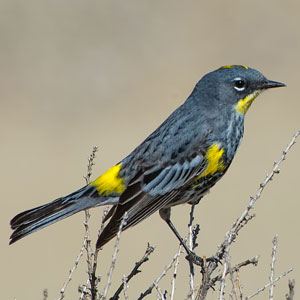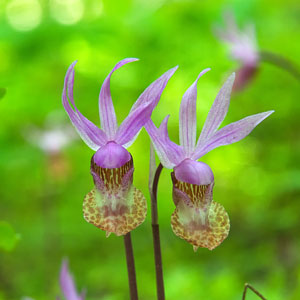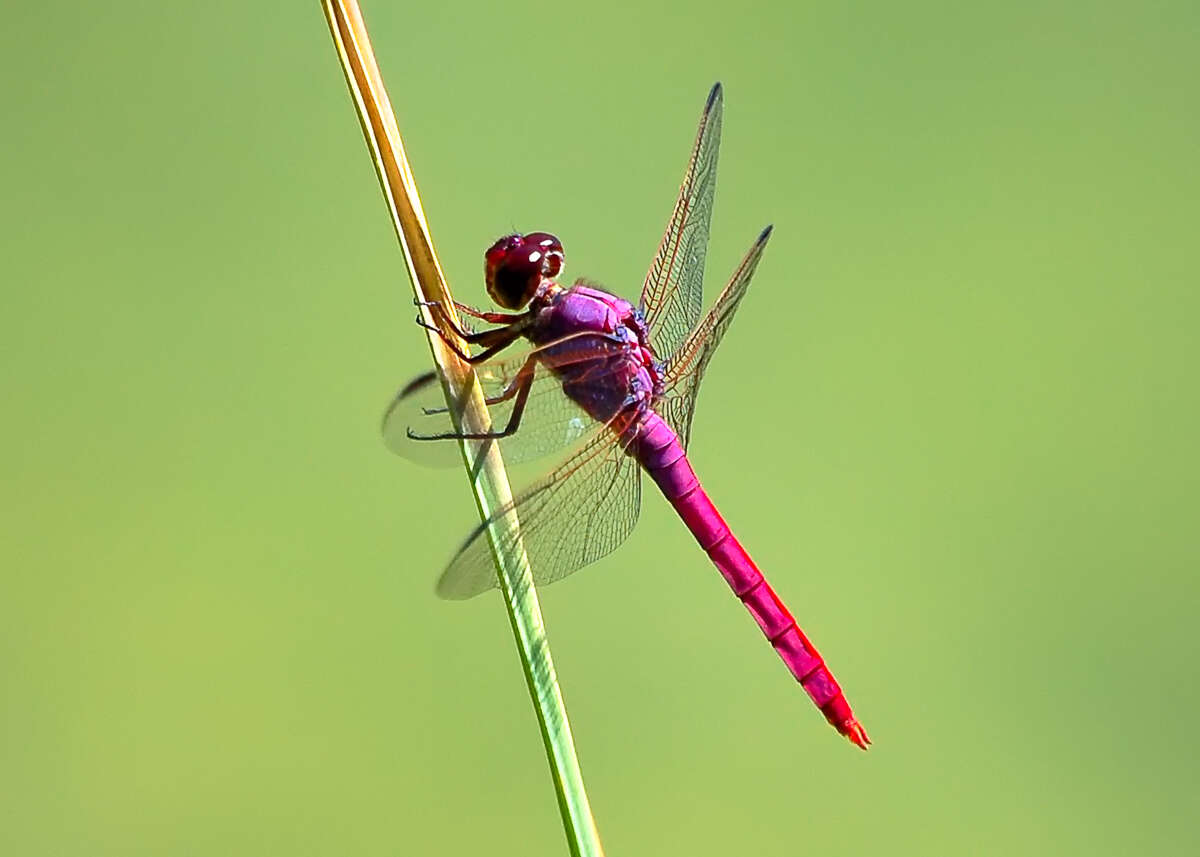Invertebrates
96% of all currently living animal lifeforms alive today are invertebrates. Included are all the insects, arachnids, worms, crabs, shellfish, starfish, corals, and more! One thing they all have in common? No backbone.
Dragonflies and Damselflies
Dragonflies and Damselflies belong to the taxonomic order Odonata of carnivorous insects associated with fresh water habitats. Each suborder begins their lives as aquatic predators living underwater where they feed on small fish and any invertebrate that they can catch. The fossil record shows that they have been in existence since the Triassic Period.
Grasshoppers and Locusts
There’s probably not a person alive who doesn’t know a grasshopper or locust when they see it. But what is the difference between the two? – All locusts are grasshoppers but not all grasshoppers are locusts.
Arachnids
Arachnids are an ancient group of predatory animals that include spiders, scorpions, mites, ticks, harvestmen and other interesting creatures like solifugids. Arachnids differ from insects because they have have only two body segments, have eight legs, no wings or antennae, and are unable to chew.
Insects
Roughly half of the lifeforms alive today on earth are insects. As wildly different as they are in appearance, behavior and the habitats where they live, they all have certain things in common: they all have an exoskeleton made of chitin, three pairs of legs, three main body parts (head, thorax and abdomen), compound eyes and one pair of antennae. It is believed that there are over a million species found around the world. That’s a lot of bugs!
Marine Invertebrates
This gallery has images of sea life that doesn’t quite fit into some of the other invertebrate galleries, such as many types of shellfish, anemones, starfish and horseshoe crabs typically found at the water’s edge or in tide pools.
Snails and Mollusks
Mollusks are a large ancient group of mostly aquatic, soft-bodied invertebrate animals including mussels, clams, snails and slugs. More evolved and mobile members of this group include the cephalopods – octopus, cuttlefish and squid. The earliest fossil evidence for the mollusks is found in rocks dating as far back as 541 million years ago!
Crustaceans
With roughly 45,000 species found around the world, crustaceans are insect-like arthropods that are mostly associated with water (excluding pillbugs and some other isopods) and include crabs, shrimp, lobsters, crayfish, barnacles, and krill.
Myriapods
A myriapod is one of those cool invertebrate groups made up of mostly centipedes and millipedes. Each body segment has one pair of legs, and the number of body segments can range from about 10 to 750! Centipedes are the more voracious predators of the two, while the millipedes generally prefer to eat rotting vegetable matter like leaves and other decay. The fossil records date members of this group as far back as 428 million years ago!























